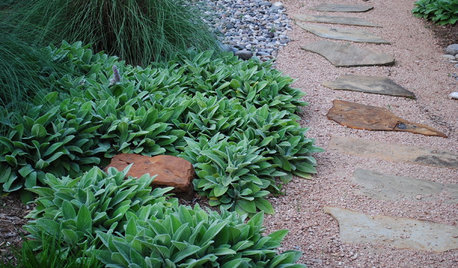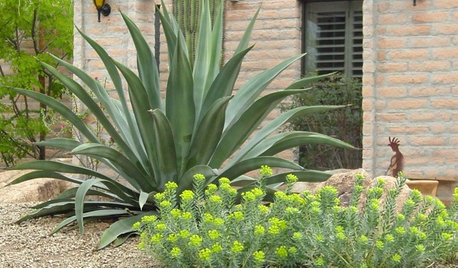brown spots on phal leaves - Help needed!!
astridc
16 years ago
Related Stories

LIFEDecluttering — How to Get the Help You Need
Don't worry if you can't shed stuff and organize alone; help is at your disposal
Full Story
DECLUTTERINGDownsizing Help: Choosing What Furniture to Leave Behind
What to take, what to buy, how to make your favorite furniture fit ... get some answers from a homeowner who scaled way down
Full Story
HOUSEKEEPINGWhen You Need Real Housekeeping Help
Which is scarier, Lifetime's 'Devious Maids' show or that area behind the toilet? If the toilet wins, you'll need these tips
Full Story
SAVING WATERLush Gardens With Low Water Needs
Drought tolerant doesn’t have mean spindly, brown and thorny
Full Story
GARDENING GUIDESWhat's Wrong With My Plant? Leaves Often Hold the Clues
Learn how to identify common plant ailments by reading their leaves
Full Story
REMODELING GUIDESInterior Brick: Paint it or Leave It?
Here's how to know if covering that brick is a sin or solution
Full Story
FALL GARDENING5 Ways to Put Fall Leaves to Work in Your Garden
Improve your soil and yard the organic way with a valuable garden booster that grows on trees
Full Story
GARDENING GUIDESHow to Spot a Drought-Tolerant Plant
Label? Who needs a label? Learn the characteristics of plants that can thrive in hot, dry conditions to help you pick the right ones
Full Story
LIFEYou Said It: ‘Put It Back’ If It Won’t Help Your House, and More Wisdom
Highlights from the week include stopping clutter from getting past the door, fall planting ideas and a grandfather’s gift of love
Full Story








richardol
michigoose
Related Professionals
Clark Landscape Architects & Landscape Designers · Elwood Landscape Architects & Landscape Designers · South Elgin Landscape Architects & Landscape Designers · Canton Landscape Contractors · Burien Landscape Contractors · Norristown Landscape Contractors · Oak Forest Landscape Contractors · Waltham Landscape Contractors · Selma Landscape Contractors · Shenandoah Landscape Contractors · Country Club Hills General Contractors · Hillsboro General Contractors · Mashpee General Contractors · Muskogee General Contractors · Waianae General Contractorsclaritamaria
bevo_2007
howard_a
highjack
t_bred
jane__ny
t_bred
astridcOriginal Author
claritamaria
astridcOriginal Author